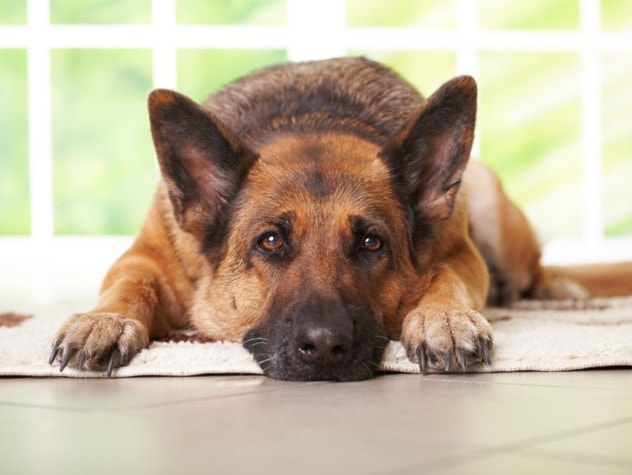As British Columbians enjoy the dog days of summer, the BC SPCA is reminding everyone of the need to be vigilant when approaching and interacting with canine companions.
The vast majority of dogs are safe, reliable companions, but even a friendly dog may bite if threatened, angry, afraid or hurt. There are clear signals to watch for and steps everyone can take to reduce the chances of a nasty dog bite.
“It’s always good to play nice – by far, most children are bitten while playing with their own dog or dogs they know,” says Lorie Chortyk, general manager of community relations for the BC SPCA. “What starts out as fun can lead to over-excitement, and dogs use their mouths and teeth to grab in the same way we use our hands.”
If a dog appears to be getting over stimulated, take a time out and walk away until he or she is calmer. If the dog is prone to over-excitement, play fetch instead, or tug-of-war games, Chortyk says.
Here are some other tips to keep in mind to play it safe with dogs:
Beware of the protector. Many dogs have a tendency to protect things they value – their toys, food or beds. They will usually give you clear signals that they are in “protector mode” – hunching over a food bowl or toy, emitting low growls and barring their teeth. The solution: Never put your hand – or worse your face – near a dog in protection mode or try to remove the object.
Give an anxious dog space. Fearful or anxious dogs are the most likely to bite without warning – they are unsure of new situations and act out of self-preservation and fear rather than aggression. Their signals can include a lowered head, tail low or between their legs, lip licking and ears folded back. They may appear sad and scared, but can quickly snap if they feel cornered and unable to escape. The solution: Be calm and confident around anxious dogs. Let them come to you – never try to hug them, crowd or corner them, sneak up on them or pick them up if they are giving you signals that they are frightened. If they are showing clear signals of fear back away slowly – if you turn and run you are more likely to get bitten.
Leave the lonely alone. Seeing a lonely dog by himself in a backyard or even tied to a chain can touch our hearts and make us want to reach out to offer our companionship. But backyard dogs can be unsocialized and fearful. In particular, chained dogs may bite if their “fight or flight” response kicks in and they have no means of escape. Their tail may be wagging – but not all tail wagging is friendly – it can also be a warning sign. The solution: Don’t reach through a fence to pet a strange dog or approach a dog on a chain – ever. Do report chained or neglected backyard dogs to the BC SPCA animal cruelty hotline, at 1-855-622-7722.
“When approaching dogs, always ask permission from their guardian before petting, approach from the side rather than leaning over top of a dog’s head – a sign of aggression in dog-dog communication – and hold out an open palm for the dog to sniff before petting,” Chortyk notes.
“If a strange dog approaches you in a menacing manner – don’t scream or run away, this will only escalate the situation,” she says. “The best approach is to stand still with your hands at your side, looking slightly away from the dog. If the dog attacks, lie on your stomach with your face buried and your hands behind your neck. The stiller you can be the sooner the dog will stop and move on.”
For more information on dog bite safety, visit spca.bc.ca/animalissues.
